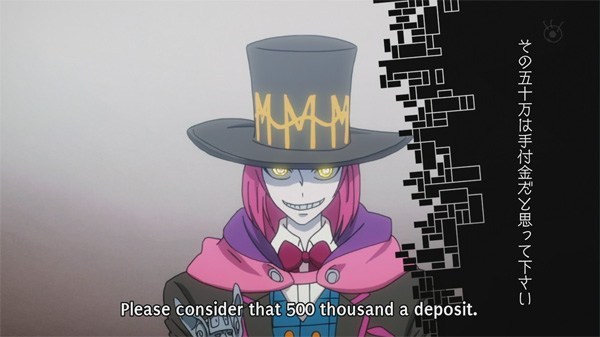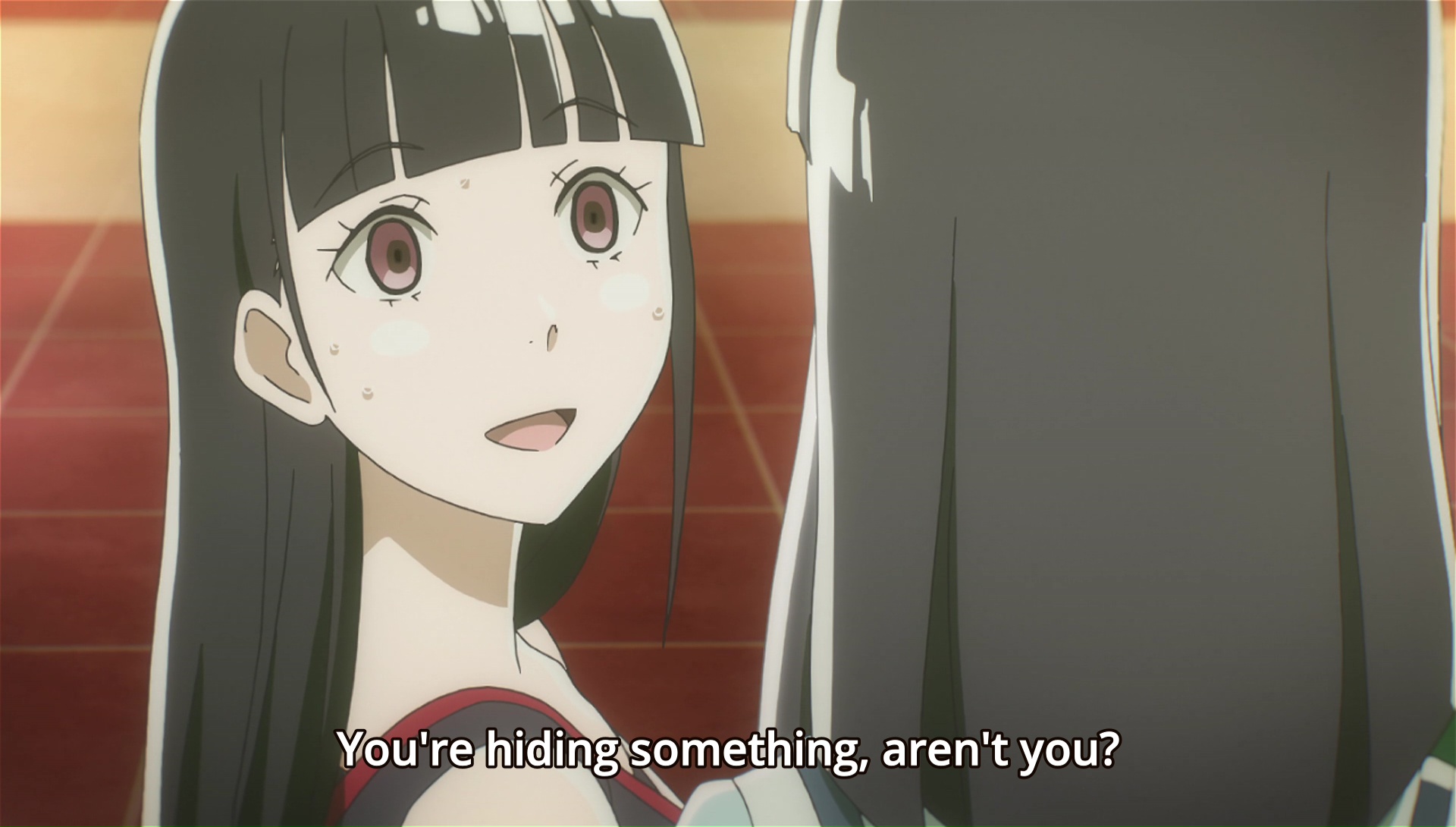The first time I have heard about the concept of copytrading, sometimes known as social trading, is via a YouTube advertisement by eToro. The advertisement showed 2 people – one serious trader who does all his homework and trade professionally with great effort, while the other is a gamer who does everything but trading. All he did was to press a button to copy the serious trader and he earns as much as the professional trader.
It was only years later that I got myself into the copytrading scene and began to understand it more. How profitable is copytrading, and is it really practical? Today we will explore the finer details of copytrading, which I learnt the hard way by sacrificing my own money.
This article is split into at least 2 parts and it might go to 3. For the first part, I will talk about the 2 different copytrading platforms I use and how the difference in their systems will impact your trading. In the second part we will talk about how to choose a copier. I will add in a portion about the psychology of a copytrader somewhere, either at the end of the second part or move it to the third part.
The Platform
While eToro is one of the more well-known platforms, I will only talk about OctaFX and NAGA, because that is what I use and know about. I have searched for and attempted to use other copytrading platforms, but decided in the end to use the above 2.
OctaFX set up shop in the Saint Vincent and the Grenadines, a country in the Carribean. Basically it is not really regulated and therefore does not have as high a rating as NAGA, which is founded in Germany. A high regulatory score provides assurance that your money will not disappear into thin air, while a lower score often times provides more flexibility. With anti-money laundering laws, these companies which handles large amounts of money will have different regulations imposed on the deposit and withdrawal of money. How much to put into the platform depends then on the individual’s risk appetite and need for flexibility.
Deposits and Withdrawals
For NAGA, if you are out of the Eurozone, you most likely can only use a debit or credit card for deposit and withdrawals instead of direct transfer via a bank account. Using the plastic comes at a fee and the money has to go back the same channel where it comes from. For example if you use credit card A to deposit 5000 Euros, you can only withdraw back to credit card A. This will become an issue if you earn a lot but do not spend as much on your credit card. In this case, using a debit card to connect to your bank will be better. While NAGA offers the crypto currency option, the stablecoins USDT and USDC options are not available, and it is simply not worth the hassle to convert your money into BTC or ETH to do deposits and withdrawals, especially if your country has tight crypto regulations. The deposit and withdrawal process is automatically done by the system to ensure a smooth process and timely deposits, which is critical especially if you need to inject funds urgently.

OctaFX on the other hand, has bank accounts in many countries. You can use USDT, credit/debit cards or even bank accounts to make deposits and withdrawals. You can deposit via USDT and withdraw it to your bank account. While suspicious activities will raise certain concerns, unless it is over the line, there is usually not much problems. The flexibility is good for many people. However deposits and withdrawals are processed manually by their backend staff, which can take as fast as 30 minutes to a few hours, and even longer if it is on a weekend. This manual process can be damaging especially if you urgently need the funds. I saw 20k USD of my trades liquidated due to sudden volatility and the backend processing for my deposits could not be done in time despite repeated chasing.
The Copy System
Both platforms have different copying systems, which resulted in very different modes of trading by the master traders. From here on, we will refer to traders who are being copied as ‘master traders’ and those who copy others as ‘copiers’. In NAGA, copiers follow the master traders by a percentage of their trades, eg 10%, 20%, 200%, 400% etc while at OctaFX, copiers follow the master traders by a multiple, eg 1x, 2x, 4x, 20x etc.
The different copying system will push the master traders to act in a way which is most beneficial for them. We take OctaFX for example, where the smallest unit of trade is a micro-lot (0.01 lot). To get others to copy you, one has to make it easy for others to do so. Hence most traders only trade 0.01 lot per transaction, so that copiers can decide how many multiples to copy easily. If the master trader trades 0.1 lot per transaction, it will mean copiers have to minimally treat 0.1 lot too, which will turn away many small copiers.
However for NAGA, people can copy a percentage of the trade volume. People generally have the psychological perception that 100% is the full original amount which they should aim for. Under this system, it is better for master traders to trade as they would normally, where the 100% copy setting is a distance away so that people can copy from 10% onwards and still be worthwhile for them. If a master trader trades 0.01 lots every time, it is unlikely people will copy you at a rate of 2000%.
The Impact Of The Copy System
Because of the way the 2 different platforms handle their copy system, the risk is also different for both master traders and copiers. In OctaFX, master traders trade at 0.01 lots and copiers often choose a multiple of their preference. We take for example 10x copy. This puts the risk of the copier at 10x that of the master trader. The master trader in OctaFX generally do not earn from their trades, but from the commissions they collect from the copiers. OctaFX master traders can set the amount of commissions they want, but they are generally at the 25% to 30% level. If all goes well, everyone is happy. But when things go wrong, the master traders can escape with minimal damage and good luck to the copiers. Because of this system, master traders often set their minimal investment amount to be very small (eg 100 USD) to attract copiers, but when things go wrong they will inject more funds to prevent liquidation. If you copy a master trader at 10x and he injects 100 USD to avoid liquidation, you will have to put in 1000 USD. In bad times, the master trader will not only top up the funds once. They can easily top up 3 to 5 times or even more. Do you have the funds to keep up?

Do also remember that OctaFX deposits are processed manually between 1 to 3 hours. In the worst case scenario, the master trader decides to inject funds upon seeing a risk. 3 hours later his funds entered and you are notified by the system that the master trader has topped up funds. You then immediately (which is often times not the case) do the same, and wait another 3 hours for the deposit to reach. 6 hours is a lot of time especially in a volatile market. At the end of it, the master trader will be able to protect his trade and keep his trade statistics nice and fanciful, while the copier burnt to death. I suffered a damage at 25x copy and lost 12k USD in one night.
NAGA is better in this aspect. Because a significant portion of the master trader’s income comes from his own trade, he does not scale down his trade unnecessarily and trade as recklessly as those in OctaFX. Copying fees in NAGA is $0.99 per trade for all copiers and an additional 5% for profits above $10. How much the master trader gets depends on his tiered level. Hence there is a higher proportion of master traders in NAGA who will focus on their own trades instead of the commissions, because they know the commissions will only come in once they get their normal trades done well. They rise and sink together with the copiers.
NAGA’s system also encourages people to trade at a bigger volume because it is only at a larger amount that the fees will be averaged down in terms of percentage. Do note that most of the master traders are scalpers, hence they take mini-profits and do a lot of trades. If your copy volume is small, you will lose a lot on the fees.
The Transparency Of Master Traders’ Trades
When deciding who to copy, looking at how many open trades a master trader have is very important. From the number of open trades to the length of time they were opened, one can get a sensing of how good or aggressive the master trader is. I will elaborate more on the master trader’s aspect of this in part 2, but for this paragraph I will focus on the platform differences.
In NAGA, copiers cannot see how many open trades the master trader has nor how long they were opened. In the overall master trader’s statistics page, we can only see the average time a trade is opened. That is all. Nothing much. However, in OctaFX, we can see how many trades were opened and when they were opened. This is certainly one aspect which OctaFX wins over NAGA. It does not make sense to choose a master trader who has 200 open trades all at a paper loss and incurring overnight swap fees every single day.

Ranking
Both platforms have a ranking system, which is important. While NAGA has many different rankings to choose from such as profits made, profits for copiers, managed funds, profits on cypto, profits on oil/crypto/indices etc, OctaFX only has 3 rankings to choose from – risk score, top gainers, most popular (number of copiers). The more rankings available, the more you can filter down and select a master trader which suits you.
Just a side note on this, OctaFX has a loophole which can be manipulated. Earlier we said that master traders in OctaFX trade in micro-lots, so the profits are generally on the low side, such as 3000 USD, 5000 USD or something like that compared to NAGA’s 500k Euro profits. Because of this, certain master traders in OctaFX trade normally at their starting phase, and quickly earn their 10k profits and be listed up on the ranking chart, only to withdraw almost all of their profits and returned to playing micro-lots. In a way this is statistics manipulation which copiers must take note.
Referral
Not very important, but would be a small bonus points should you decide to share the joys and success (if you do get it in the end) of copytrading or of being a master trader with your friends. When it comes to referral, NAGA only gives a one-off $25 if your referee deposits $250 and makes one trade. However OctaFX is more generous, continually giving you 1 USD for every standard lot traded by your referee. They may trade only 0.01 lots each time, but when their volume hits 1 lot, you will get 1 USD. Nothing much, but definitely better than NAGA.
Conclusion
Every platform has its pros and cons. The way the platform’s system is set up will determine how the master traders and the copiers trade. Understand the platform well, know how the system’s design will impact the traders and you will be able to make a more informed decision. There are slight differences, but sometimes understanding the slight differences will allow you to tweak your strategy and manage your risk well. Everyone has different preferences and needs, so choose one that is suitable for you. I am not recommending NAGA or OctaFX, but I am indeed using the both of them. If you decide to sign up with the platforms, do click on the referral links I have put up.
OctaFX referral link: https://octa.click/i3FWrMwSYhW
Showing 1 - 3 out of 3
Page 1 out of 1
| - | Shop Products | Price | |
|---|---|---|---|
|
|
$99,999.00
|
||
|
|
$1.00
|
||
|
|
Price range: $69.00 through $99.00
|


